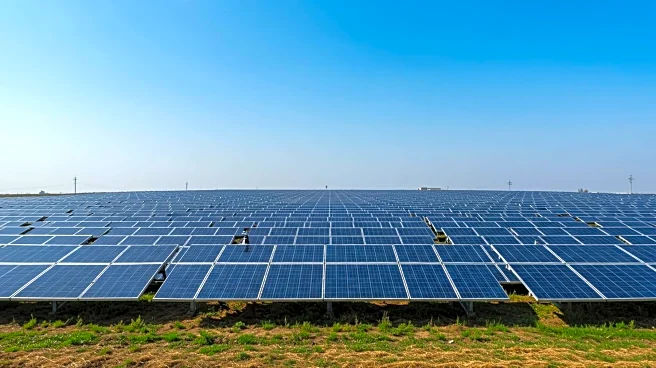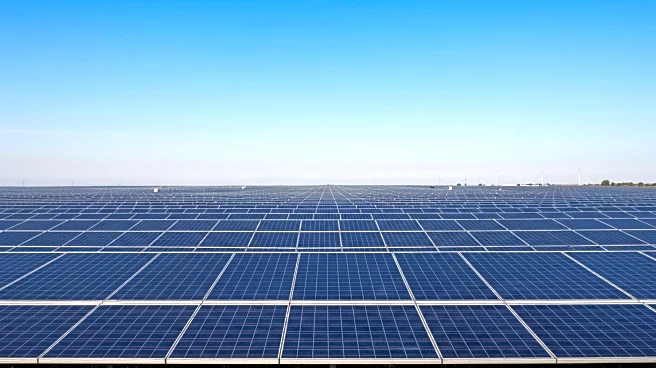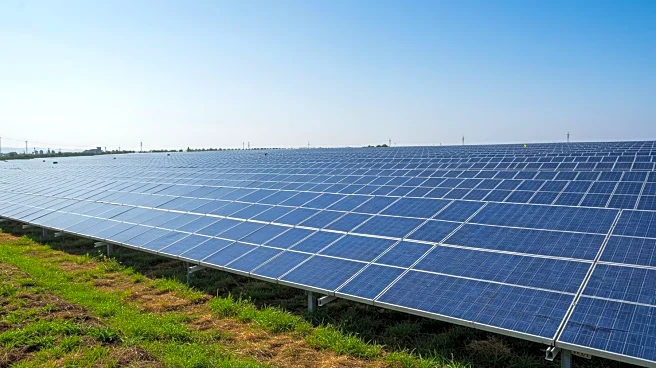Rapid Read • 8 min read
Japan has inaugurated its first osmotic power plant in Fukuoka, marking it as only the second facility of its kind globally. This plant is designed to generate approximately 880,000 kilowatt hours of electricity annually, which will be used to power a desalination plant that provides fresh water to Fukuoka and surrounding areas. The technology behind osmotic power involves the mixing of fresh and salt water to produce energy, allowing for continuous electricity generation regardless of weather conditions. Dr. Ali Altaee from the University of Technology Sydney highlights that this emerging technology, while currently modest in scale, offers a consistent energy supply, unlike some other renewable sources.
AD
The development of osmotic power plants represents a significant advancement in renewable energy technology. By providing a reliable and continuous source of electricity, this technology could play a crucial role in diversifying energy sources and reducing reliance on fossil fuels. The ability to generate power around the clock without being affected by weather conditions makes osmotic power a potentially valuable addition to the renewable energy mix. This could have implications for energy policy and infrastructure development, particularly in regions with access to both fresh and saltwater resources. The success of this plant in Japan may encourage other countries to explore similar technologies, potentially leading to broader adoption and innovation in the renewable energy sector.
As osmotic power technology is still in its early stages, further research and development are likely to focus on increasing efficiency and scalability. If successful, this could lead to the construction of more osmotic power plants worldwide. Stakeholders, including governments and energy companies, may begin to invest in this technology as part of their renewable energy strategies. Additionally, the environmental impact and cost-effectiveness of osmotic power will be key factors in determining its future viability and adoption.
The introduction of osmotic power plants could have broader implications for water management and environmental sustainability. By integrating desalination processes with energy generation, these plants could help address water scarcity issues in coastal regions. Furthermore, the environmental footprint of osmotic power is relatively low, making it an attractive option for sustainable development. As the technology matures, it may also influence global energy markets and contribute to the transition towards cleaner energy sources.
AD
More Stories You Might Enjoy











